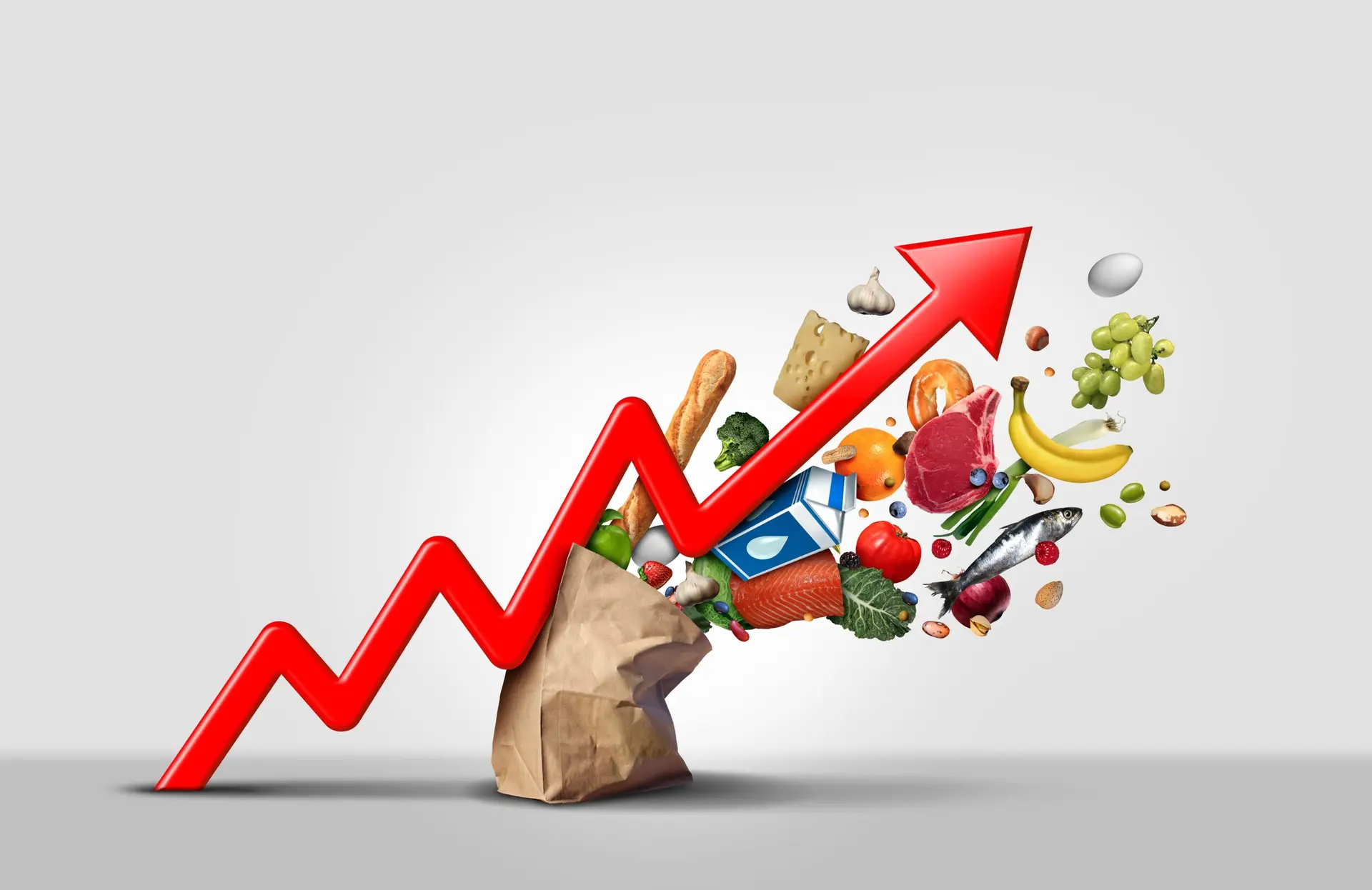Shakya’s exports also were affected as handicrafts could no longer be exported through the land routes. He continued exporting handicrafts on a limited scale through the air route, which is considered costly for transportation compared to land and seaways, as only chartered flights were allowed between Nepal and China until recently.
After nearly three years of disturbances, China on Dec 28 opened the Rasuwagadi border point even for exports of Nepali goods in line with the end of China's 'Zero Covid' policy. Chinese officials in Kathmandu have said more two-way trade routes will be opened in 2023. "The two-way trade at the Pulan/Yari port will resume in early 2023. This will provide an opportunity for Nepali exporters to export more goods to China," said Wang Xin, Charge de Affaires of the Chinese Embassy in Kathmandu addressing the inauguration program of Pokhara Regional International Airport on Sunday. According to experts and businesspersons engaged in trans-Himalayan trade, the opening of land routes for exports is a welcome development. However, there will not be a significant rise in Nepal’s export to China anytime soon given the existing non-tariff barriers, they say. Ever since the Covid-19 pandemic hit the world in early 2020, he saw a significant drop in demand for Nepali handicraft items in the Chinese market. “As the Chinese economy slowed in the last few years, particularly after the Covid-19 amid the 'Zero Covid' policy, demand for handicraft items in China has dropped significantly,” said Shakya. He thinks that Nepal’s exports, particularly that of handicraft goods that have been categorized as 'luxury items', will grow noticeably until demand from the northern neighbor returns to pre-Covid levels. Over the last several years, imports from China have grown steadily except for occasional hiccups such as in the fiscal year 2019/20 when the government in Nepal imposed a lockdown in March 2020 to curb coronavirus transmission that went on for nearly four months. Over the past several years, Nepal’s exports to China have dwindled leading to a massive trade deficit in the trade between the two countries. For instance, Nepal’s exports to China in the last fiscal year 2021/22 stood at just Rs 808m, with a consistent drop from Rs 2.1 billion in the fiscal year 2018/19. During the same period, imports from China grew to Rs 264.78bn in FY 2021/22 from Rs 205.51bn in FY 2018/19, according to the Department of Customs statistics. "The closure of borders has cost dearly to Nepal's exports to China as the majority of such exports take place through land routes," said Purusottam Ojha, former Secretary of Commerce. As a result, the ratio of exports to China compared to imports from the northern neighbor plunged to just 0.3 percent in the last fiscal year 2021/22 from as high as one percent in the fiscal year 2018/19. This ratio was 3.1 percent in the fiscal year 2013/14 when the country had exported goods worth Rs 2.84bn to its northern neighbor. According to Ojha, Nepal’s exports to China compared to imports have continued to remain insignificant and border closure for exports hit even the limited exports to China. “With the reopening of the Rasuwagadhi border for exports, there is the scope for growth in exports particularly in the Tibet region of China,” he said, adding, “However, Nepal will not be able to grow exports to China until quarantine and infrastructure-related bottlenecks are resolved.” According to the Nepal Trade Information Portal of the Ministry of Industry, Commerce, and Supplies, China has been providing zero tariff facilities for about 8,000 goods originating in Nepal. Ojha observes that Nepal has yet to take advantage of the Chinese market as the country does not produce niche products that can be sold in the Chinese market. These goods make up 95 percent of the total export of Nepal to China. To receive the Chinese zero-tariff facilities, exporters are required to fulfill certain rules of origin conditions for their goods. Despite such a facility, Nepal has been failing to utilize the duty-free facility and boost exports. One of the reasons, according to officials and experts, is the strict documentation requirements to get export clearances from the Chinese authorities. According to Ojha, China has strict documentation requirements for the majority of imported food and agricultural products regarding quality, quarantine, origin, and import control. Similarly, exporters may also need to meet other criteria such as packaging requirements, pre-clearance, treatment options, labeling requirements, and container conditions for their goods. Nepal has long been seeking simplification in these criteria. During the visit of Chinese Foreign Minister Wang Yi in April, the northern neighbor agreed to provide duty-free treatment to goods of Nepali origin covering 98 percent of tariff lines. Trade experts say that signing agreements alone would not be sufficient to boost exports, but real reasons should be explored at the business-to-business (B2B) and government-to-government (G2G) levels and address those issues. According to Ojha, Nepal's exports to China could be increased if the government attracts Chinese investments in the Nepali manufacturing sector. "One way to increase Nepali exports to China is increasing Chinese investments in the Nepali manufacturing sector," said Ojha. The World Bank in its Nepal Development Update Report in April 2021 pointed out that Nepal has the potential of exporting 12 times higher than its existing annual exports with the highest potential of boosting exports to China. The multilateral agency has termed the untapped export potential as 'missing exports'. From the perspective of destinations, Nepal's largest 'missing exports' are with China (by $$2.2bn), followed by India ($1.2bn), the United States ($800m) and Japan ($700m), according to the report. Nepal China Bilateral Trade (in bn)
| FY Exports Imports Trade Balance 2017/18 Rs 2.437 Rs 159.987 Rs -157.549 2018/19 Rs 2.109 Rs 205.518 Rs -203.408 2019/20 Rs 1.191 Rs 181.920 Rs -180.729 2020/21 Rs 1.016 Rs 233.923 Rs -232.907 2021/22 Rs 0.808 Rs 264.783 Rs -263.974 |











